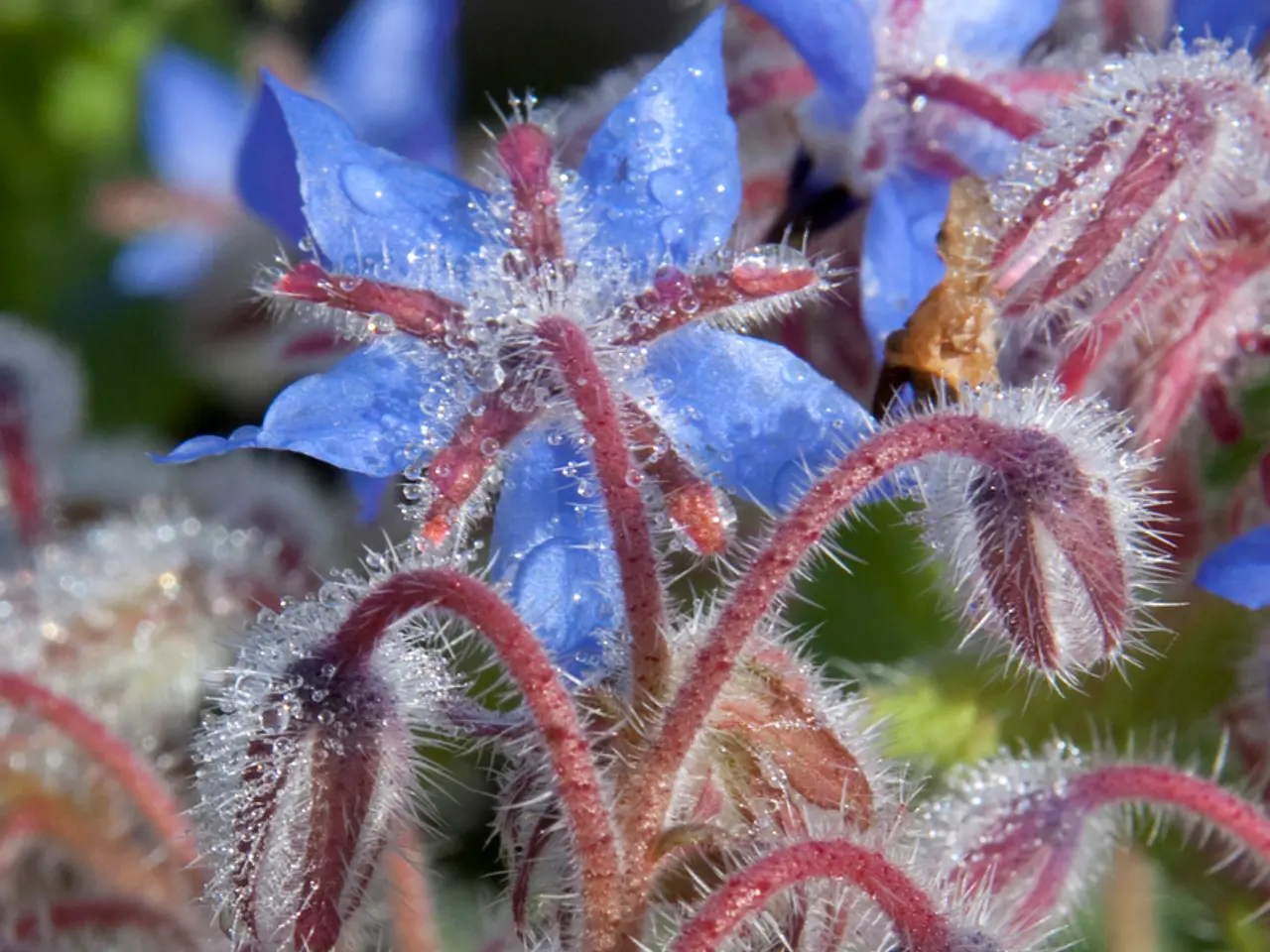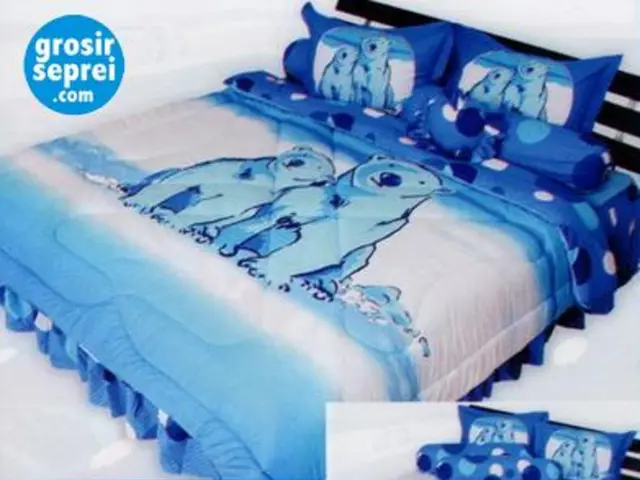African Violets' Preferred Soil: Unique Qualities Explained
African violets, native to the Tanga region of Tanzania, thrive in mossy rock crevices with good airflow. Traditionally, peat moss has been a popular choice for African violet potting soil due to its excellent moisture retention and soil aeration properties. However, the depletion of peat bogs has raised concerns about the sustainability of peat moss as a gardening resource.
Fortunately, eco-friendly alternatives are available that cater to the specific needs of African violets. Here's a look at some sustainable substitutes for peat moss:
1. Coconut Coir: A pH-neutral and sustainable substitute for peat moss, coconut coir retains moisture well while providing excellent drainage. It mimics the moisture-retention qualities of peat moss but is a renewable resource derived from coconut husks.
2. Compost: Adding compost to the soil not only improves its structure but also contributes to plant health by providing organic nutrients. Compost can be combined with other materials to improve soil fertility. However, it's essential to ensure that the compost is fully decomposed before use.
3. Rice Husk: Rice husk is used to prevent soil compaction and improve aeration, helping roots to thrive.
4. Optional Organic Amendments: Chicken manure can be added for nutrients, and sand can be included to enhance drainage if desired.
These alternatives collectively create a well-draining, moisture-retentive, and nutrient-rich potting mix suitable for African violets. By choosing these eco-friendly alternatives, gardeners can avoid the environmental impact associated with peat moss harvesting.
Perlite, vermiculite, and peat moss (when used in moderation) are still essential ingredients in African violet potting soil. Perlite, a hyper-lightweight material derived from volcanically heated glass, retains moisture without causing waterlogging. Vermiculite, a nontoxic, flaky mineral, helps keep the potting mix sterile, prevents pests, and maintains the freshness of blooms.
However, it's important to note that African violets prefer a slightly acidic soil pH level, with an ideal range of 5.8 to 6.5. To maintain this acidity, limestone can be added to the soil, but only if peat moss is included in the mix.
When creating the perfect African violet potting mix, it's crucial to ensure that water can move through while retaining enough water without cutting off airflow. The ideal mix should also retain fertilizer, inhibit nutrient leaching, and boost humidity above the ground.
Pine needles and leaf mould can also be used to improve water and air movement through the soil, but they don't retain water and can be expensive to buy commercially, respectively. Wood fiber provides the same air and water flow benefits as peat moss, with less environmental impact, but it may require the addition of a nitrogen-rich fertilizer to balance the pH when used as an alternative to peat moss.
Many retailers carry specialty African violet potting soil, making it easy for gardeners to find a sustainable and effective medium tailored to African violets' needs. By choosing eco-friendly alternatives, gardeners can enjoy the beauty of African violets while contributing to a greener planet.
- Incorporating sustainable substitutes like coconut coir, compost, rice husk, and optional organic amendments into the African violet potting mix creates a well-draining, moisture-retentive, and nutrient-rich soil that replicates the Tanzanian home-and-garden environment of the violets.
- Opting for eco-friendly alternatives for African violet potting mix, such as pine needles, leaf mould, and wood fiber, not only aids in maintaining the ideal lifestyle for the violets by improving water and air movement in the soil, but also reduces the impact on the environment compared to traditional peat moss.




